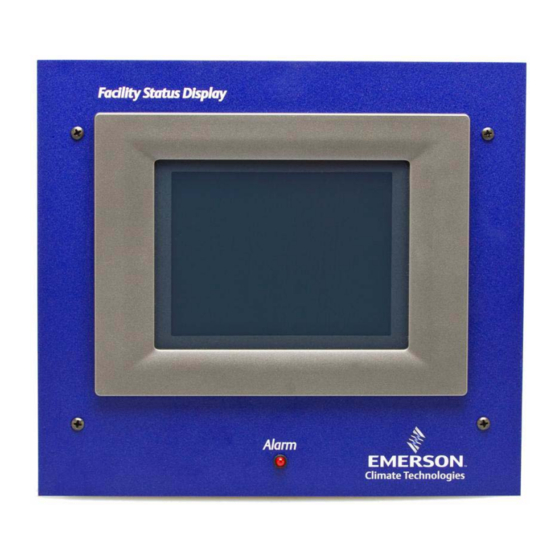system operation often result, along higher energy consumption due to control overshoot
of desired suction and condensing pressures, and sometimes destructive rapid start and
stop cycling of fan and compressor motors. The application of variable speed drives
(VSDs) to condenser fans and compressors motors, controlled using proprietary E2 VSD
algorithms, can eliminate these capacity matching problems, and save additional energy
as well. The fourth column in Table 3 shows energy consumption when variable
frequency drives (VFDs) are used to modulate condenser fan speeds together with both
floating condensing pressure and TD control algorithms. It can be seen that when
varying the speed of condenser fans is used as the fan capacity control method, an
additional 7.47% saving can be achieved on top of what is achieved using floating
pressure and TD control. Therefore, an overall 13.95% energy saving can be achieved
when variable speed along with floating condensing pressure control strategies are
employed. For condenser fans, almost all of the savings from utilization of VSD control
are due to the affinity laws for fans (which tell us fan motor power varies with the cube of
fan speed while fan air volume varies linearly with speed) and improved utilization of
condenser surface.
VSDs can also be applied to refrigeration compressors as well using proprietary
E2 VSD compressor control algorithms.
improved suction pressure control and therefore slightly higher on average suction
pressures, as well as from modest but still significant compressor volumetric efficiency
increases at lower speeds. Analysis of savings from application of VSDs for compressor
capacity control can be complex, but savings on the order of 7 to 12% can be
anticipated, depending on locale and refrigeration system configuration.
SUCTION PRESSURE FLOAT WITH ELECTRONIC PRESSURE REGULATOR
Conventional refrigeration systems use mechanical evaporator (suction) pressure
regulators (EPRs) and fixed setpoint compressor suction pressure controllers, either
mechanical or electronic, to control fixture temperature and compressor operation.
Refrigeration service technicians set EPRs to achieve desired evaporator and therefore
fixture temperatures. Compressor suction pressure controls are then normally set
several pounds below the EPR settings. Figure 2 shows a schematic of this common
refrigeration system control methodology. The system EPR valve has been adjusted to
provide the required fixture temperature, in this case 25 degF. To achieve a 25-degF-air
temperature in a fixture with a 10-degF-coil temperature differential (typical for
commercial refrigerated cases and storage boxes), the required evaporator coil
temperature would be 15 degF. For R-404a the corresponding evaporator coil pressure
is 50-psig. Assuming there is a 5 psig suction line pressure drop, then the EPR if located
at the compressor is adjusted to maintain a suction line pressure of 45 psig. The
compressor pressure control is then normally set at least 2 psig lower, to 43 psig, to
compensate for a 2 psig pressure drop across the EPR valve (again typical) and to
assure a steady pressure at the fixture evaporator.
Savings in this case flow primarily from
Page 7 of 15

